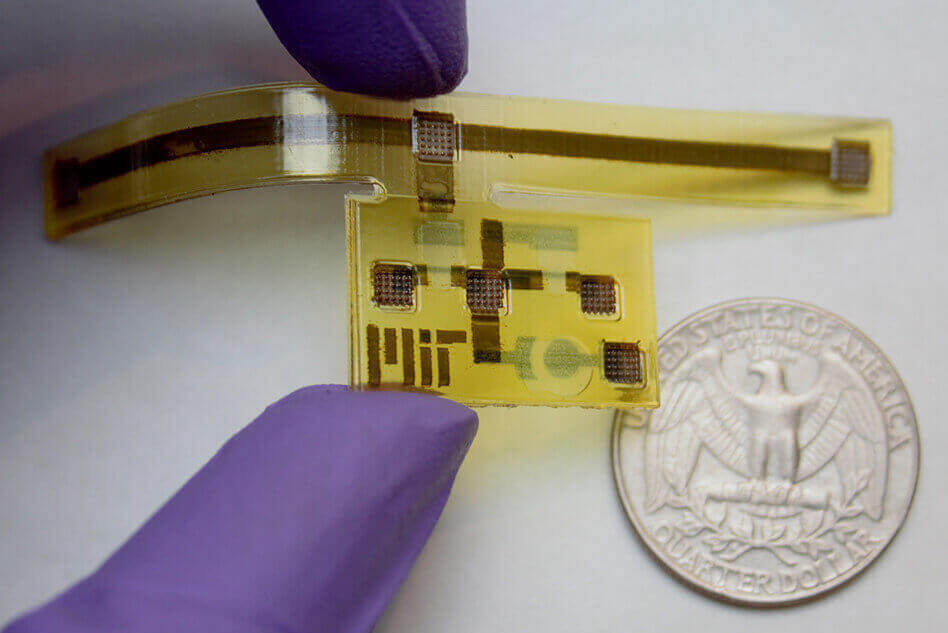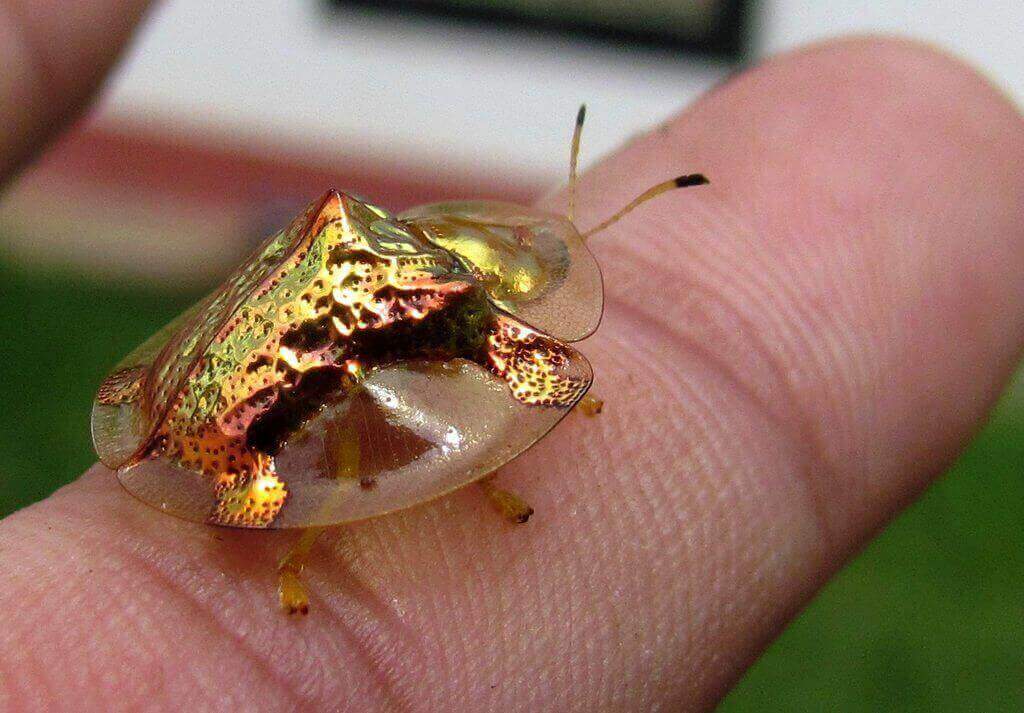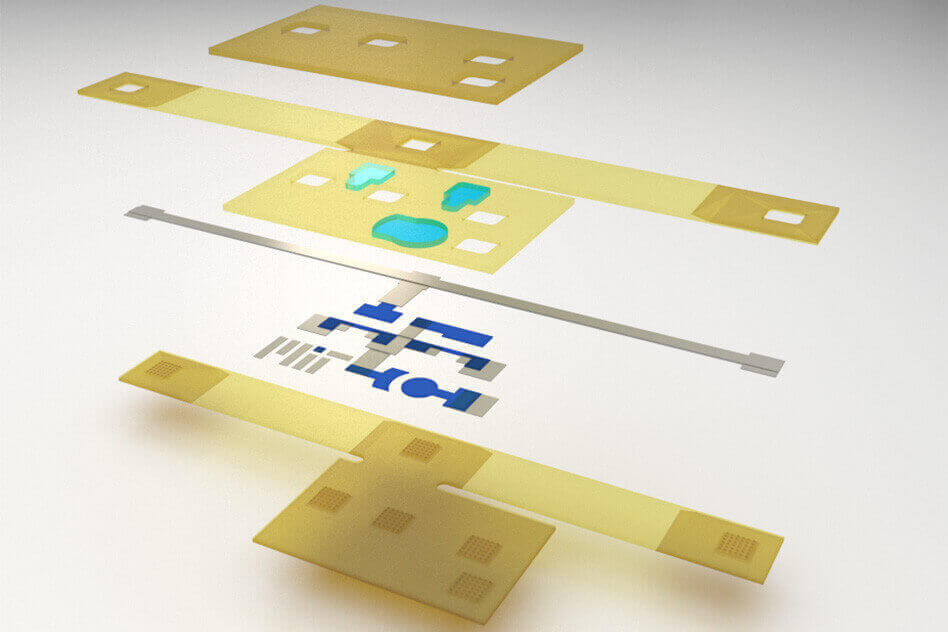MIT researchers have developed a 3D printed “robot skin” device that mimics the color-changing capabilities of the remarkable goldbug beetle.
There’s no denying that technology has come a long way since the days of dial-up internet and landline telephones. But according to MIT graduate student Subramanian Sundaram, there’s still a lot that we can learn from nature.
A group of scientists from the prestigious university have been developing a 3D printed robot. Led by Sundaram, they decided to turn to nature while searching for a way to build a flexible 3D printed membrane. Equipped with a plethora of sensors, the resulting membrane could someday be used as a form of “robot skin”.

How the Goldbug Beetle Inspired MIT “Robot Skin” Research
Found in North America, the goldbug beetle (also known as the golden tortoise beetle) is able to defend itself through a form of camouflage. The unique insect is able to drain the gold color from its body when it’s under threat, transforming to a brownish color.
The natural phenomenon is now the inspiration behind the ongoing MIT research project to 3D print a flexible membrane. Sundaram and his team believe that this research could help them develop a sensor-laden “robot skin”.
Sundaram, the lead author of the study, said:
“We were trying to see whether we could replicate sensorimotor pathways inside a 3-D-printed object. So we considered the simplest organism we could find.”

Building “Robot Skin”
The team accomplished this by integrating optic-changing capabilities into the 3D printed membrane. The device has a T-shape design, made with both elastic and rigid 3d printed plastics, as well as embedded electrodes.
Comprised of a base and crossbar, the flexible membrane is equipped with two transistors and a so-called “pixel”. This is a circle of semiconducting polymer that changes color when the crossbar is stretched.
The device is produced with MIT’s MultiFab 3D printer. This custom-made printer includes two different print heads, one for heated materials and another for cold ultraviolet light-emitting diodes.
By using semi-conductive plastic, the scientists are able to integrate sensing-processing actuation into the membrane. The result is a fully 3D printed composite that can “sense strain, electrically amplify the signal, and respond optically.”
Ultimately, the scientists were able to replicate the defense mechanism of the golden bug beetle within a tiny 3D printed circuit board.
The MIT research team recently shared their breakthrough design in the journal Advanced Materials Technologies.
Source: TechCrunch

License: The text of "MIT Turns to Goldbug Beetle for 3D Printed “Robot Skin” Research" by All3DP is licensed under a Creative Commons Attribution 4.0 International License.